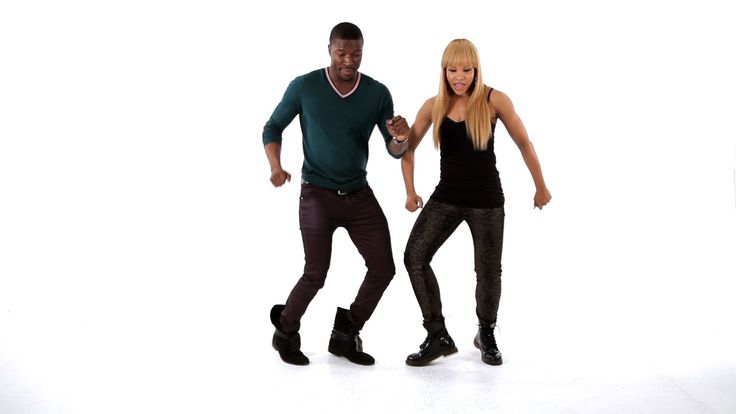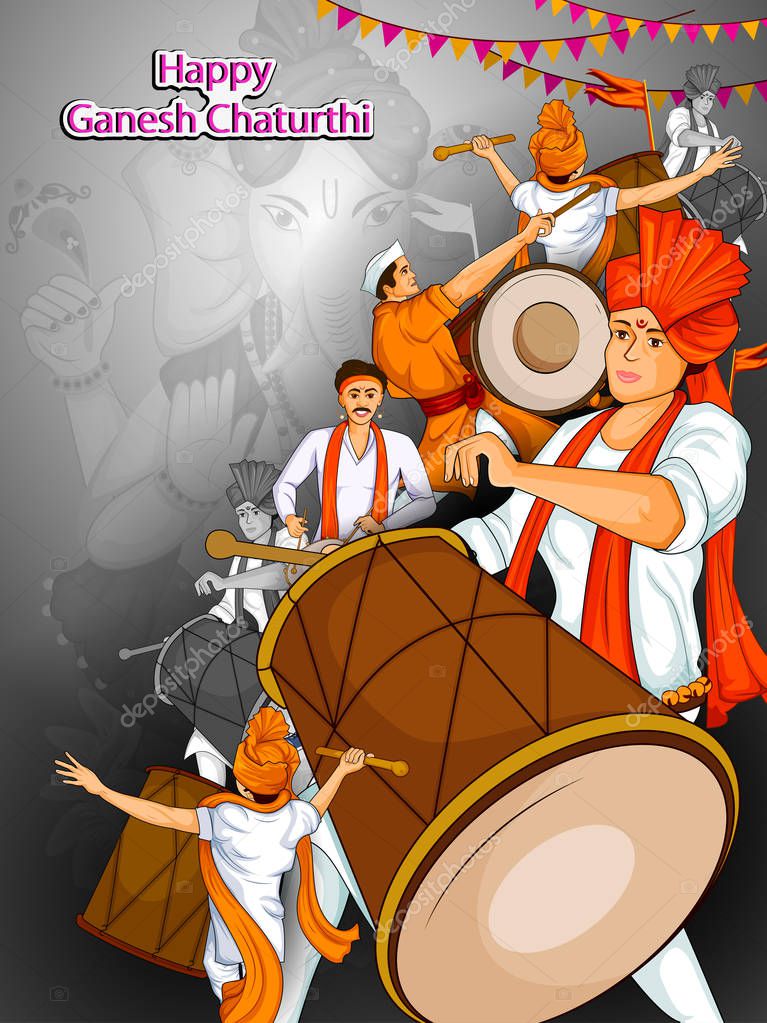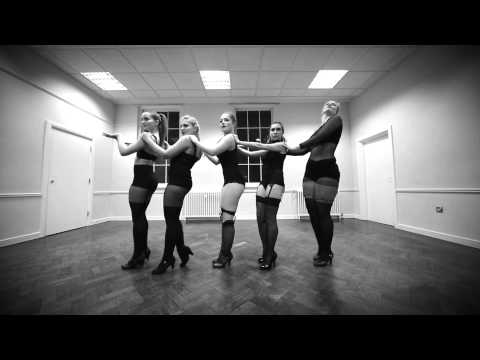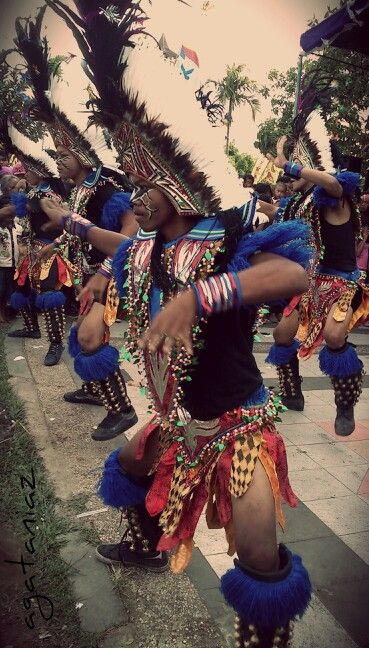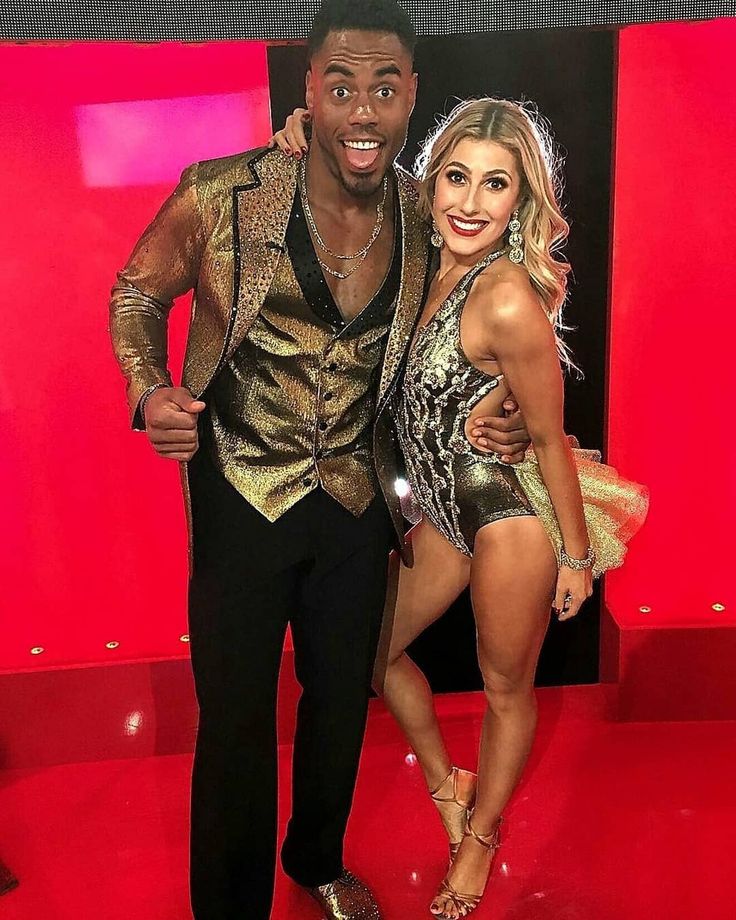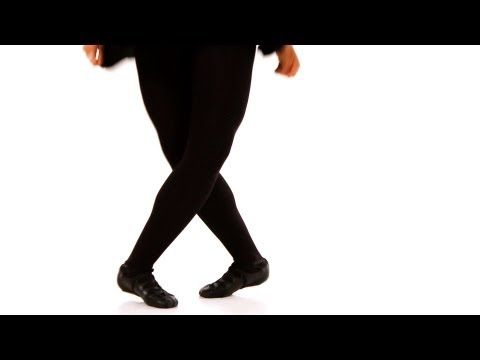Learn how to do the wop dance
Basic Hip Hop Moves for Beginners – Full Tutorial on TOP 7 Moves
To learn to hip-hop dance, the first thing you have to do is learn the base. You have to start with a simple - with a caught rhythm. Listen to music, try to move to the beat - it will help you "catch" the style. Next, begin to learn the basic movements. This article is a tutorial with a detailed analysis of movements for beginners. We have selected the best video tutorials to teach each of the movements.
Groove
A groove down and up - bending and extending the knees. The knees are bent in tact with the bit while swinging down accentuates the body's forward tilt position. By swinging up, you align your knees as if you were pushing yourself out. Swinging up shows a slight tilt to the back.
The movement should be done expressively, with muscle tension, but the viewer should see a relaxed dancer. Performing groove, you will feel the music and rhythm. Then the groove can be varied by swinging movements of the hands and light tilting of the body to the sides.
Try to make a groove to different music with different tempo and rhythm. The better you do it, the faster you can choose faster music.
You can make a groove with an accent downwards - then the initial position will be with even legs. Or you can do a groove with an accent upwards, in which case you can start with bent knees.
Tone wop
It's a basic movement taught to beginners in hip-hop. It needs to be studied to a degree of automation. During Tone Wop, the dancer takes small steps and "closes" and "opens" the feet.
You can take a step in any direction you want - backward, to the side or you can walk all the time just forward. But for starters, we recommend moving only in one direction to understand the structure of the movement.
Rhythm: on the score "once" we make a step, on the score "and" - "close" the stops, on the score "two" - "open".
When you feel confident in this movement, try to add a variety of hand and body movements.
Brooklyn Bounce
- is a swing with crossed legs. Let's start with Bounce. You can practice it as follows: jump up slightly and, once you land, bend your knees gently. Do it a few times - you should feel like you're jumping like a ball, only smoothly and gently.
Next, try to learn how to work your legs:
Criss Cross
It's a movement in which the legs cross in a jump with groove. It may seem that the movement is very simple, but it is worth remembering that it is performed at a very fast pace and in conjunction with other elements, so the clarity of execution must be honed in the first class.
It may seem that the movement is very simple, but it is worth remembering that it is performed at a very fast pace and in conjunction with other elements, so the clarity of execution must be honed in the first class.
Salsa Rock
A little cardio - low jumps in place. The movement consists of throwing one leg forward while making a small jump backward with the support leg. Then the same movement must be done on the second leg. The body and arms are directed towards the jump (most likely this part will be obtained by inertia).
Sham Rock
- is a bailiff system with a twist and a final jump.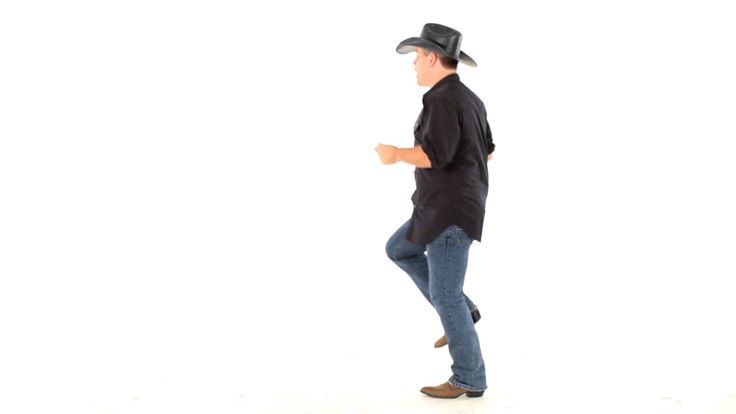 Professional dancers beautifully capture each phase of the movement and place accents on the shoulders.
Professional dancers beautifully capture each phase of the movement and place accents on the shoulders.
Dougie
The fashion movement Dougie looks cool to any music. These are legs with the foot turned inside out and hands walking beautifully in the opposite direction. The width of the step, the degree of bending of the knees, waving of hands and the general mood of the performance - all this makes this element in a full dance.
FAQ
What are the basic movements of hip hop?
The very first thing to start studying hip-hop is groove.
A list of basic movements:
- Groove:
- Tone wop;
- Brooklyn Bounce;
- Criss Cross;
- Sham Rock;
- Dougie
How do you do basic hip hop moves?
First, it is necessary to study the technique of execution of this or that movement, then - to bring the execution of the movement to automatism.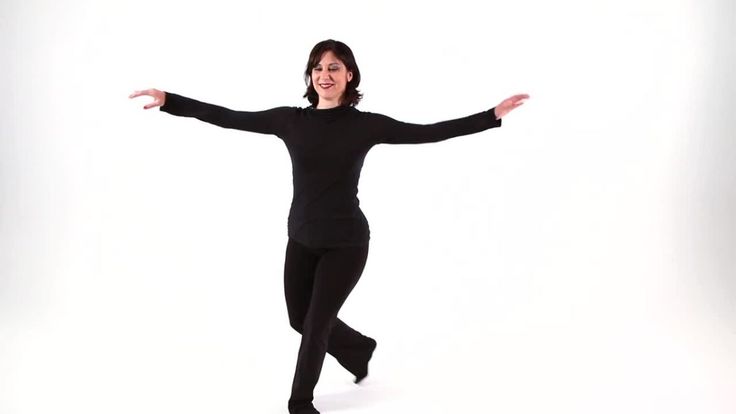 After that, add the groove and freedom in your movements with your hands.
After that, add the groove and freedom in your movements with your hands.
How can I learn hip hop?
It's best to learn to hip hop in a specialized dance studio. Under the guidance of the coach, classes will be held as productively as possible. If this is not possible, you can start with video lessons on YouTube. Watch more videos of cool professional dancers dancing - it will help you "catch" style and technique.
A Dancer's Guide to Knowing What Dance to Do to a Song » Dance With Brandee
A Dancer’s Guide to Knowing What Dance to Do
What Dance Do I Do to This Song?
Here’s how to your dance music know-howDancers, have you ever found yourself standing on the sidelines for the first half of each song trying to figure out what dance is supposed to be done to the music? Like my students you might be wondering: How do I know what dance to do to a song?
Many events help you out by announcing each song’s dance or posting a set list for your reference. Even then, some songs work equally well for more than one dance, so being able to match dances to songs is a skill to develop. And of course, you’ll need that skill at weddings and private parties that don’t have these dance aids.
Even then, some songs work equally well for more than one dance, so being able to match dances to songs is a skill to develop. And of course, you’ll need that skill at weddings and private parties that don’t have these dance aids.
Until there’s an app for it, I want to help you develop your dance music know-how. Of course, there are lots of variables in dancing and music, exceptions to the rules, etc. But I’m going to keep this simple, so consider this a rough guide to figuring out what to dance to a song.
No Hard and Fast Rules
First of all, unless you’re at a dance competition, know that there are no hard and fast rules for which dance must be performed to a particular song. You get to choose the dance you want to do. That said, when you fit a dance well to a song, it’s easier to keep rhythm, to express the character of the dance, and overall, it tends to just feel better.
And some dances’ music is unique enough that it will hit you clearly. For example, Tangos have a distinctive staccato rhythm and dramatic. Once you’ve heard a few Tangos, without needing to think, you’ll just know it’s a Tango.
Once you’ve heard a few Tangos, without needing to think, you’ll just know it’s a Tango.
For the rest, it’s really just a process of elimination. As you become more experienced, hearing the dance in most songs will become more automatic.
5 Easy Steps to Determine What Dance to Do
1. Get a Feel for the Song’s Speed
Ask: What’s the speed of this song?Start by determining the song’s tempo (i.e., it’s speed.) This simply means getting a feel for whether the song is slow or fast or somewhere in between.
Sometimes the instrumentation or vocals in a song can fake you out. For example, a song may sound very upbeat but actually have a rather slow beat. Until you get good at gauging a song’s tempo, just tap your toes or fingers to the beat of the song, becoming a human metronome for its true speed.
Once you know if the song is slow or fast (or somewhere in between), you can then rule out some dances. For example, if the song is fast, then all the slower dances are out, such as Rumba, Nightclub Two Step and Slow Waltz.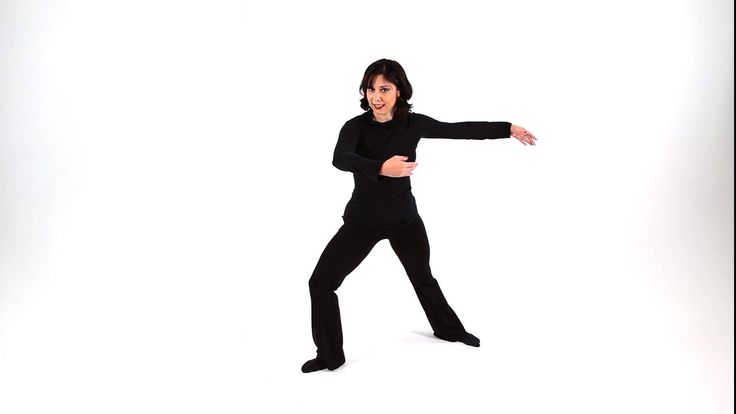 Or if the song is really slow, you can cross off Cha Cha, Salsa, East Coast Swing and Viennese Waltz.
Or if the song is really slow, you can cross off Cha Cha, Salsa, East Coast Swing and Viennese Waltz.
Note: As a beginner, you’ll likely only be comfortable dancing in a narrow tempo range for each dance. So if you identify a song as Cha Cha but find yourself unable to keep up with the music, it doesn’t necessarily mean you made a mistake identify it as a Cha Cha—you just may not be experienced enough to dance to the full tempo range for Cha Cha.
If you’re curious, check out this list of tempo ranges for each dance (this is one person’s idea of good tempos, not an official list). In case you’re interested, here are the official tempos used at ballroom dance competitions.
2. Rule Out If It’s a Waltz
Waltzes have 3 beats in a measure (instead of 4)As you’re tapping out the speed of a song, count the beats. If it’s easy to count 1-2-3-4 it’s not a Waltz. However, if counting in four’s feels off, try counting in three’s: 1-2-3, 1-2-3.
Most songs are in 4/4-time, meaning there are four beats in each measure. However, Waltzes are in 3/4-time, with only three beats in each measure. (There are other time signatures, but 4/4 and 3/4 are main ones you’ll encounter.)
However, Waltzes are in 3/4-time, with only three beats in each measure. (There are other time signatures, but 4/4 and 3/4 are main ones you’ll encounter.)
If 1-2-3 matches the music, you’ll know it’s a Waltz. And having already gauged the song’s speed, you can immediately determine whether it’s a Slow Waltz (slower) or Viennese Waltz (about twice as fast as Slow Waltz).
3. Listen to Its Rhythm/Feel
What’s the rhythm or feel of the song?If the song isn’t a Waltz, your next step is to pay attention to the song’s rhythm or feel. Is it happy, romantic, dramatic, bluesy, melancholic, or funky? Does it have a Latin/Afro-Cuban beat? Does it make you want to bounce, glide, twirl or march? Listening to the songs’ rhythm and character will help you sort it into one of a few broad categories: Ballroom, Latin, Swing, or other (Hustle, Country Western, Nightclub Two Step, etc.).
For example, say the song has a Latin rhythm. The most common Latin dances in ballroom/social dancing are Rumba, Cha Cha, Samba and Salsa.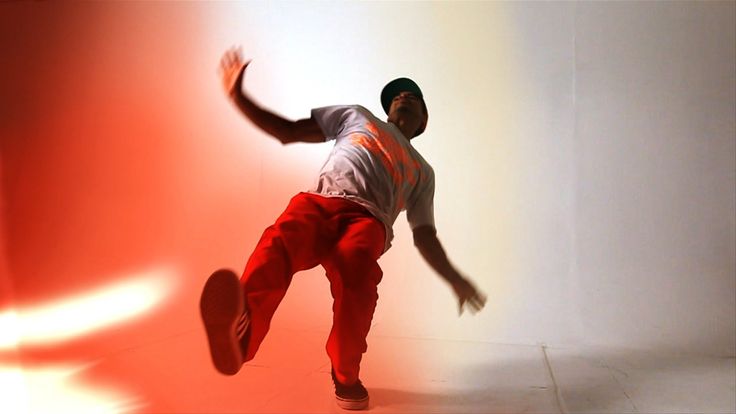 Rumba is the only one of these with a slower, romantic feel. So if the song is like that, you’re ready to Rumba!
Rumba is the only one of these with a slower, romantic feel. So if the song is like that, you’re ready to Rumba!
And if the song’s rhythm is upbeat, you can eliminate Rumba and then parse out which of the remaining three dances it might be. Samba has a very distinctive “boom-a-boom” percussive beat (think Brazilian Carnaval music). If you’re hearing that, it’s probably a Samba. If you’re not, congratulations, you’ve narrowed it down to a Cha Cha or Salsa.
4. When in Doubt, Step It Out
Dance in place to see what matches the musicContinuing with the same example, say you’ve figured out the song is either a Cha Cha or a Salsa. Cha Chas usually have a “cha-cha-cha” in their beat, although you may not be able to hear this until you have more experience.
At this point, it’s time to experiment with the basic steps in each dance. Do this on your own in place, so small and casual people might not even notice. Try a few Cha Cha basics and see how well your feet match the music. Then try the Salsa basic. Usually one will feel like the right fit and voila, you’ve successfully determined what dance to do to this song!
Then try the Salsa basic. Usually one will feel like the right fit and voila, you’ve successfully determined what dance to do to this song!
5. Or “Cheat” and Steal a Peek
If you’re still stumped after you’ve “stepped it out,” have a look and see what others are dancing. As a beginner, it’s often best to look at intermediate-level dancers. Fellow novices are likely as lost as you are, and advanced dancers may be dancing fancy figures with so much styling and technique you won’t even recognize what they’re dancing as the same dance you know! Intermediate dancers, however, will know which dance to do to a song yet will still be dancing figures you can recognize.
Have Fun: Make into a Game!
I encourage you to make a game out of matching dances to songs when you’re not out dancing. Play the “What Could I Dance to This Song” game when you’re listening to music at home, in the car or when you hear a tune playing at a store or on the street.
Of course, all music isn’t made for partner dancing (e.g., classical, electronica, hip hop and even many pop tunes). So to make it easier on yourself you may want to listen to songs pre-selected for a dancing, such as those off a ballroom dance practice CD or from a recommended playlist like this.
Remember, ultimately which dance to do is your choice, so have fun and feel free to be creative. That said, be respectful of other dancers on the floor. For example, make sure you use proper floor etiquette, especially if you decide to do a dance that’s different from what the majority on the floor is doing. If doing a traveling dance, stay on the outside track, moving in the line of dance; if doing a spot (non-traveling) dance, dance in the center of the floor.
Over time the process of matching songs to dances will become faster and simpler. You may even find yourself mentoring new dancers on the subject!
How to dance modern dance? Dance for the dance floor.

Dance for the dance floor. How to dance modern dance.
90% of the information coming from you is non-verbal (movements, gestures) and only 10% are words. No matter how hard you try, your movements say more about you than words. Many people understand this and prefer not to dance at parties. Just as you have learned to speak - to express your thought - you also need to be able to express your thoughts and feelings non-verbally. When you don't know how to move, your body is not silent, it flogs nonsense uncontrollably, or leads to stiffness and tightness.
There are two kinds of beauty - innate and acquired. What matters is not how you look naturally, but how you use it. All the richness of the inner world is worthless if you cannot express it.
Despite its popularity, the theme of dance to modern music has been little studied. Try searching the Internet for articles about modern dance. What do you see? The history of the development of dance, biographical sketches of dancers, artistic descriptions of dance shows, advertising of dance classes, announcements of dance festivals.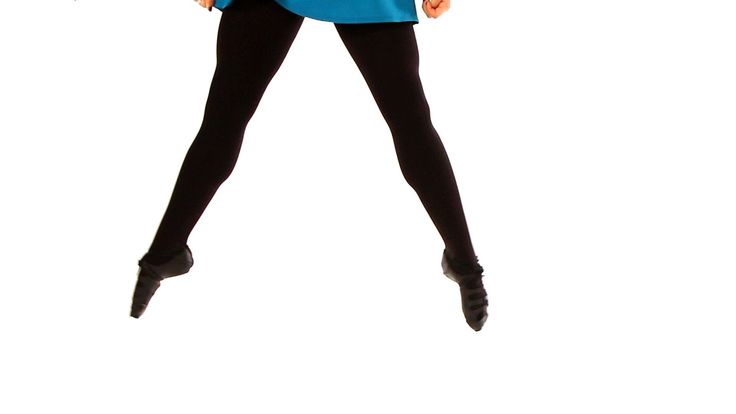 Did you manage to find informative articles about modern dance that would provide valuable information that can be applied in practice? Where it would be said how to dance modern dance, what are its main elements, how to master it; what you need to know to quickly learn to move freely; how to develop mobility, master rhythm, plasticity and coordination, etc.? It is unlikely that you are something additional to what we have written. The fact is that dancing to modern music has not advanced far, because the music that is now being danced to on the dance floors of the world has been formed relatively recently.
Did you manage to find informative articles about modern dance that would provide valuable information that can be applied in practice? Where it would be said how to dance modern dance, what are its main elements, how to master it; what you need to know to quickly learn to move freely; how to develop mobility, master rhythm, plasticity and coordination, etc.? It is unlikely that you are something additional to what we have written. The fact is that dancing to modern music has not advanced far, because the music that is now being danced to on the dance floors of the world has been formed relatively recently.
The modern world is rich in all kinds of dance styles, but all of them are specific, narrowly applicable in practice, do not give the slightest idea how to dance modern dance. Take, for example, dance styles such as R'n'B and Hip-Hop. How often do you find yourself on the dance floors with such an accompaniment? You have to try hard to get to such a party. The same can be said about hundreds of other styles - they are specific: be it latin, hustle, salsa, etc. All these are narrowly focused styles that are suitable only for specialized parties.
All these are narrowly focused styles that are suitable only for specialized parties.
Dance style is a limitation, where there is what is possible and what is not. Style - specific, recognizable, subject to fashion, applicable only in narrow circles. By choosing a style, you are choosing a path that leads to a dead end. The only way to develop in dance for someone who owns a certain style is to learn a new style, which will also cease to be fashionable and relevant over time. Why does style go out of fashion? Because times, people and music change.
Up to a certain point there was no question of how to dance modern dance, because dance and music went side by side. The music changed, the dance changed, everything developed in harmony. But the breakthrough in music production technologies and the massive development of the club industry have changed the balance of power. There was a gap between music and dance. The music surged forward, spreading to the world's arenas and dance floors, relegating dance to the stage.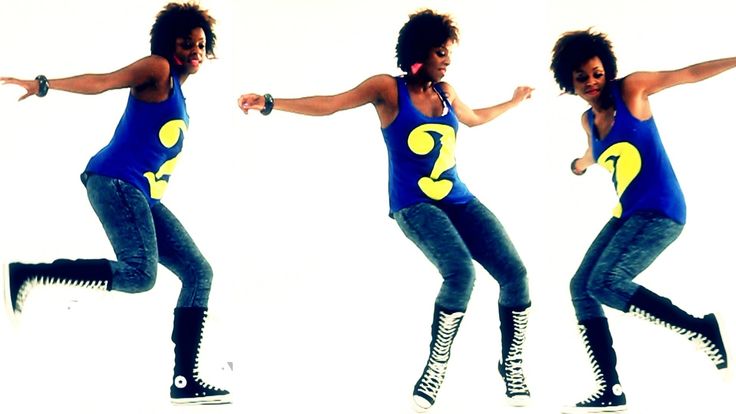
Modern dance is dancing to modern music played on the dance floors. This is the most massive, widespread type of dance.
A dance floor is a place where music plays and people dance; in other words - a dance floor: corporate party, disco, holiday, party, feast, club, bar, restaurant, etc. The dance floor dictates its own rules, dance etiquette and culture. A stage production, like an uninvited guest, can amuse the hosts, but will not last long.
- The most important rule is not to interfere with others. Usually the space on the dance floor is limited, so you need to be able to move compactly without disturbing anyone.
- Dance is a real-time visualization of music.
- Each person is an element of the show and creates a holiday. You need to move in such a way that it is pleasant to look at you. This not only creates the right atmosphere, but also improves the quality of your holiday.
- Club is a place for communication and relaxation.
 The dance should be comfortable and should allow communication in the process.
The dance should be comfortable and should allow communication in the process. - A party is a long process. You need to be able to dance for a long time without getting tired. To do this, you need to master the technique that involves the whole body in order to switch between different muscle groups.
Learn to dance! - DanceStudioDanceStudio
Learn to dance!
- Move beautifully and freely, without memorizing chords and settings
- From scratch without prior training
- Suitable for all ages and sizes
- Only current techniques
- Improvise on the basis of the simplest elements, assemble the dance like a designer
- Each lesson is complete and self-sufficient, can be immediately put into practice
- Matches any music, blends with your individual style and charisma
- You will move naturally and harmoniously, as if it were given to you by nature.
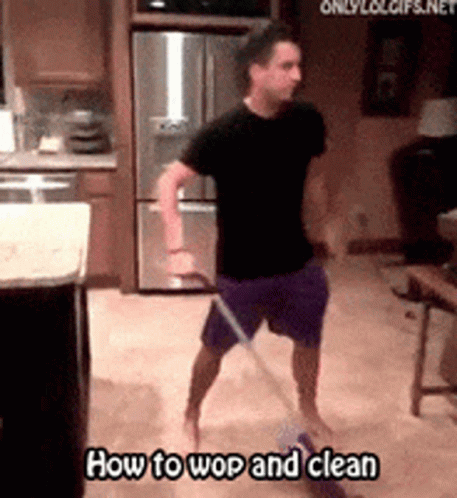
- Universal Base of Modern Dance - is the basis of all dance styles
- Fundamentals of rhythm, plasticity, coordination: ideal combinations in ready-made figures
- Ready-made balanced cyclic combinations that can be danced as much as you like
A unique technique that has no analogues. The methodology is based on a scientific approach - fundamental knowledge about the structure of the human body. Timeless techniques without reference to style and fashion. Learning improvisation from scratch in a short time based on the simplest movements.
Instead of memorizing a sequence of movements built in a certain order, i.e. dance sequences and performances, you study individual simple elements of dance and learn how to combine them with each other.
You learn how your body works: how legs, torso, arms, shoulders can move separately… Then you learn how to assemble beautiful balanced dance combinations from individual movements that can be danced cyclically for as long as you like, they will continue to please you and those around you and won't get bored.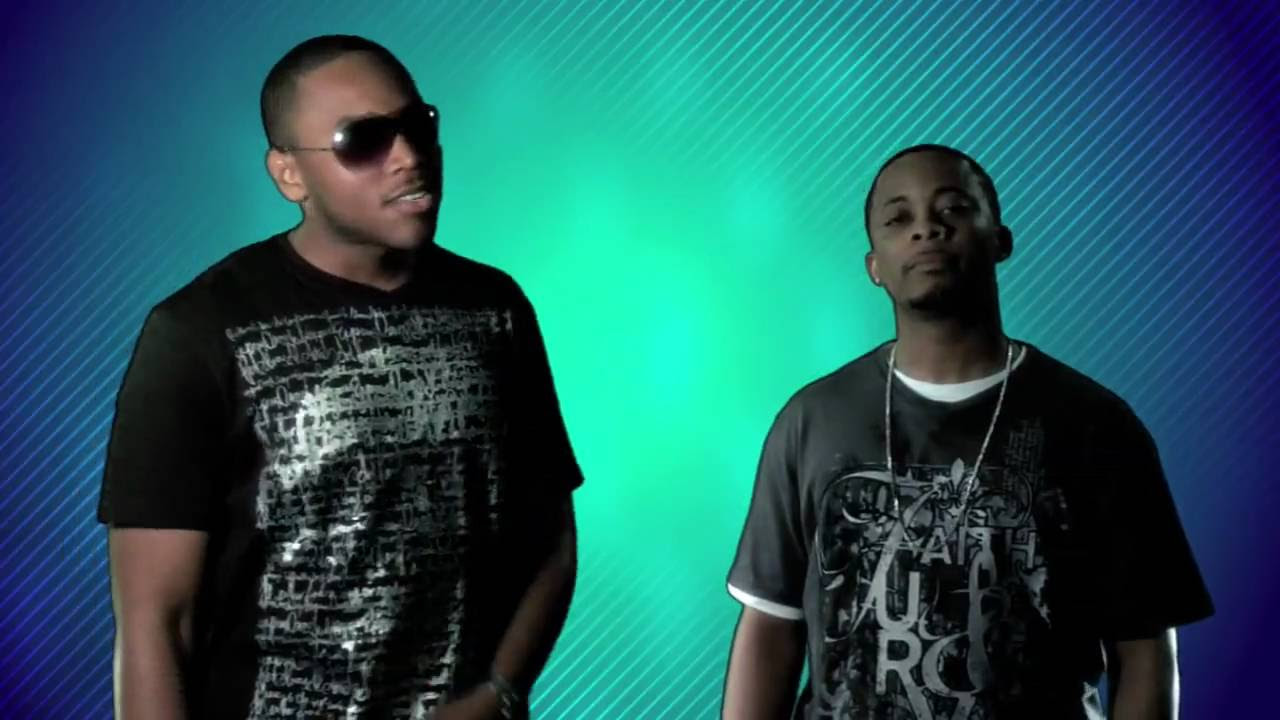
Based on simple dance movements, you can assemble the dance like a construction set in real time. All these movements are combined with each other. Knowing just a few movements, you can collect many beautiful combinations that are not similar to each other.
You will look light and natural, as if you are mobile and harmonious by nature. You will not dance like a dance school student. You will receive a tool for improvisation and will be able to create a unique and inimitable dance like nothing else.
The Dance Body Soft base opens up endless possibilities for improvisation on the dance floor. You will master the basics of rhythm, plasticity, coordination, various dance techniques and ready-made reference, perfectly balanced dance solutions.
To learn how to dance cool, no prior training is required. Using simple tasks as an example, you will soon become very mobile, restore atrophied muscle groups, get to know your body parts, learn to control them, and adjust your movements to the music, giving them mood and sound properties.
You will see how little you need to learn how to move freely and beautifully! If you wish, we can teach you to simply move in a week (subject to completing homework).
The first few lessons will completely change your idea of dance, you will begin to move in a fundamentally different way.
The technique we teach is based on fundamental knowledge about the structure of the human body, it is all fashion and time, so it will never cease to be relevant. Having mastered the basics, you can move in any style, without being tied to a specific genre of music.
Modern Dance Base is ideal for people of all ages and sizes. Pure technique will merge with your individual charisma and acquire your unique and unique style.
The main feature of the study of dance techniques, in contrast to dance performances, is that they are not forgotten over the years, like swimming or cycling. Having studied the basic techniques and elements, you can easily remember them even after many years.